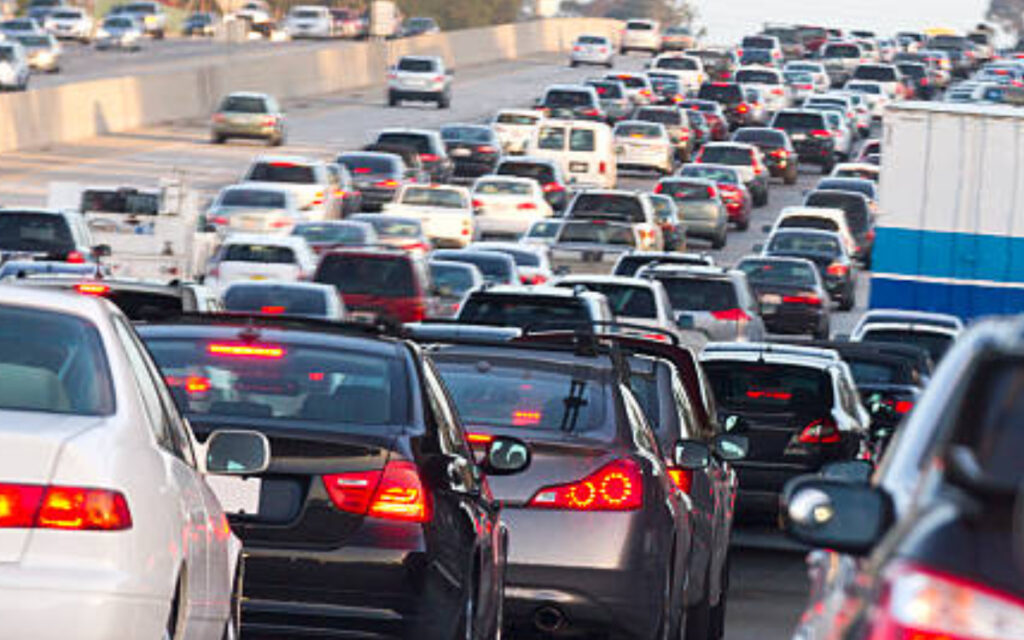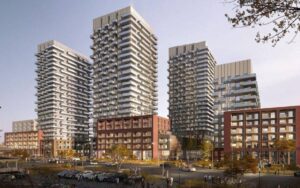
A shift toward alternative transit in urban centres needs to happen. Photo Credit: iStock.
No matter where you go in Canada, there is a traffic problem. The 403 is more like a parking lot than a highway, and the express lanes on the Gardiner Expressway are a constant source of driver frustration and road rage. Getting anywhere is challenging, and that includes those taking transit, walking, or cycling.
Recent provincial and federal policies will only exacerbate the situation and make it harder for everyone to get around. The plans put forward by Ontario Premier Doug Ford to curb bike lanes and the federal mandate for increased in-office workdays are compounding gridlock and leading to more pollution in urban centers.
Ford’s government recently introduced legislation requiring municipalities to seek provincial approval for new bike lanes, a policy that could stall or reverse sustainable transit initiatives across Ontario. Not to mention, it adds another layer of red tape to an already overly regulated process.
Though Ford maintains that dedicated lanes for cars alleviate congestion, he fails to consider that bike lanes help reduce traffic and emissions by encouraging alternative commuting options. By focusing on car-centric policies, Ford is furthering people’s reliance on vehicles and creating congestion, which, according to the Transportation Association of Canada, has led to an economic loss of $7 billion within the GTA. Not to mention that it is problematic for the Ontario government to dictate where bike lanes can and cannot be built.
Prime Minister Justin Trudeau and the federal government are no better. The recent federal mandate for public sector employees to work in-office at least three days a week has raised concerns about its environmental impact. A recent study from Carleton University found that Ottawa-based federal employees produced significantly fewer emissions when working remotely.
Despite this, the federal government argues that increased in-office presence benefits economic activity in city centers.
However, this mandate has added a surge in commuter traffic, paralyzing Ottawa’s roads as more workers head to the office. Other forms of transportation, like Ottawa’s $2.1 billion LRT, are also struggling to keep up. Ottawa is not alone in its transit woes; other cities across Canada have seen a decline in ridership despite more people returning to work, running errands, and going out at night.
By working together, instead of against each other, all level of governments should look to create a system that allows for people to get around with ease. Not only will it time and cut emissions, but people will also be able to do what they actually enjoy doing, which is not sitting in traffic, waiting for an overcrowded bus or getting nearly side swiped while cycling.
There needs to be a widespread shift in urban centers toward policies that support other forms of transit, including public transit and cycling infrastructure. This shift could help relieve pressure on our roadways and help make Canada a happier and healthier place to live.

Daniel Perry is a Senior Consultant with Hill & Knowlton, Canada’s leading public relations and public affairs firm. He is an experienced campaigner and has provided political advice at all levels of government. Daniel has received a number of awards during his career including being voted Ottawa’s top consultant by his peers.




















